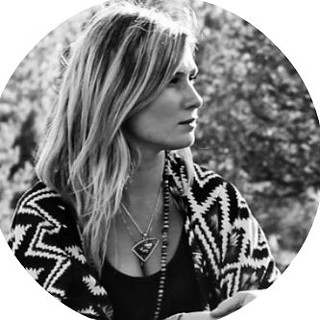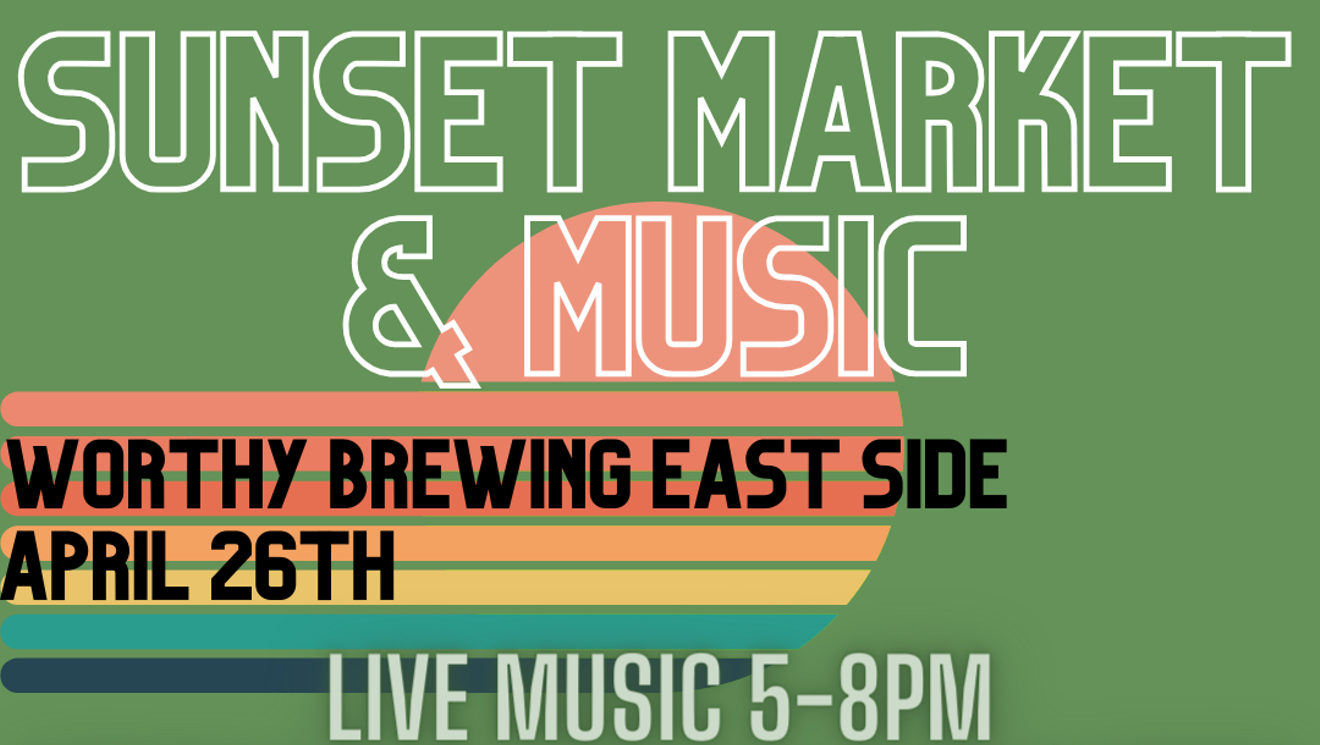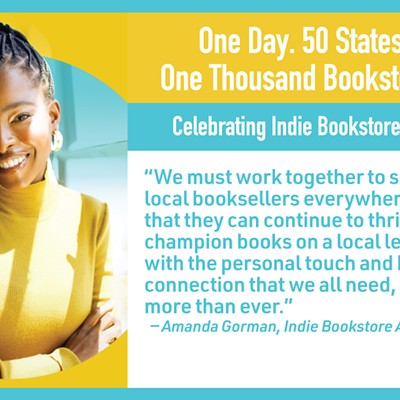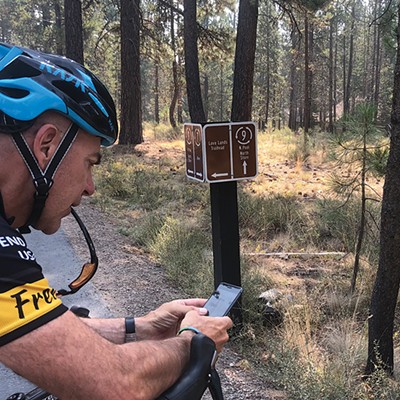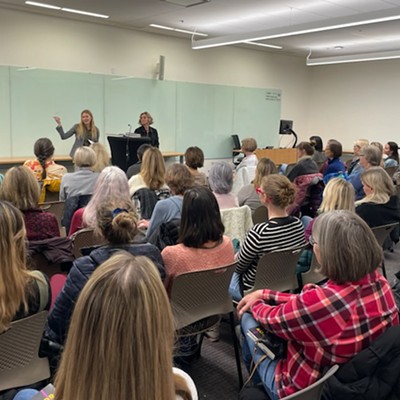On Aug. 21, millions of people will share in a communal experience that surpasses socio-economidc class, gender, race, political ties and more— and all for just a few bucks.
(Or several thousands, if you're one of those AirBnbers...)
As the path of totality crosses over 14 states—stretching from Oregon to South Carolina—will yield something not seen in nearly a century: a solar eclipse able to be seen, at least in part, by everyone in the continental U.S.
And you know it must be a thing when the golden arches are getting into the game. From those bringing you Big Macs, to REI, to your local grocery shops and even clever entrepreneurs peddling their wares on Craigslist and Facebook, eclipse viewing glasses are flooding the market.
But which glasses are safe?
And why even bother with viewing this thing when traffic's so gosh-darn bad?
We give you the lowdown.
"We go through day-to-day life,
with the sun shining behind us
and our eyes on the ground.
We don't really engage much with the universe.
But when you get an event like this,
it shows you the mechanics playing
right in front of you.
You realize, it's not just me, or you, or our country,
or our planet. It's all of us.
It's such a profound moment and a
beautiful phenomena.
We like to call it, 'The Greatest Show on Earth.'"
— David Blackmore
Solar Eclipse Chaser
First things first: Eyewear
Really give your eyewear a thorough interrogation," says veteran eclipse chaser and part-time local David Blackmore. "Have a good look before you buy, make sure there's no holes, no wrinkles or scratches and that they are less than three years old." Blackmore has been tracking solar eclipses for 20 years, having seen 12— so you could say he's the resident expert. He himself opts for a welding mask at a shade of #14 or darker, as recommended by NASA.
Still, no need to invest in such fancy goggles if you don't plan on soldering pipes in the near future. Paper eyeglasses will do just fine, though Blackmore says NASA "can err on the side of stringent —they do really know their stuff."
Following reports of "unsafe" eyewear being sold across the U.S., NASA released a cautionary memo instructing buyers to check glasses for two crucial things:
- A manufacturer name (NASA recommends American Paper Optics, Thousand Oaks Optical, Baader Planetarium, TSE 17 and, coming in sounding like a tie-dye hippie, Rainbow Symphony.)
- The ISO icon with reference 12312-2
Nana's old advice: When in doubt, throw it out
So what about those uber-cool "far-out" glasses you got off that Central Oregon Buy, Sell and Trade Facebook group? (Yeah I'm looking at you, COBSTF!)
"I mean, you don't think people would be selling them without safety in mind because they wouldn't want a blow-back if it caused you eye damage, wouldn't it?" reasons Blackmore. Still, many are rolling the Craigslist eyewear dice, even though you can find ISO certified glasses at local places such as Newport Market or Ace Hardware for just a few dollars.
Buy your eyewear early, like, finish reading this and go. Now! And take good care of them.
Blackmore suggests wrapping them in tissue paper and storing them in a solid container. "Treat them as the incredible value they are—don't just stick them all willy-nilly into a glovebox. The last thing you want is to get out there and find out, oh, someone's sat on my glasses," he says, laughing. An old-fashioned DIY pinhole viewer can be crafted in a pinch, with instructions on the NASA website.
Wear your eyewear until the moment the moon completely covers the sun. Blackmore describes the moment where a diamond-like ring flashes "as it's bouncing off the crater of the moon. Then you see the aura." As darkness emerges, you can view the moon/sun with the naked eye, but beware: time's' a tickin', with only two minutes or so to gaze.
Mmmkay. I got the glasses.
Now I can sit at home because we're at 99.8 percent totality, yeah?
A total eclipse is totally different than a partial eclipse," says Blackmore, "It's literally night and day." Oddly, for a Brit, Blackmore didn't mean the intended pun. He goes on to recount his very first eclipse experience in England in the '90s. "It was really weird.... And in true British style, it clouded over. But even so, I was standing on the edge, overlooking the ocean and I witnessed the intense shadow moving towards me, and in a blink of an eye it went from daylight to darkness. It went really pitch black. Quite spooky actually, since one minute it's summer...then it's night, and then it's back again."
So he implores Oregonians to see it—ALL of it. "As much as a part of me doesn't want everyone flocking to the path of totality, we are so close to it, you have to give the extra effort and really go see the full thing. It's like nothing else.
"It gets dark. Nature reacts. Birds start chirping. It cools down."
Blackmore a member of a group of 100 or so eclipse chasers who travel around the world to see the phenomena, also advocates for something else: the intense feeling of community.
"It's captivated me for over 20 years, since it's such a sharing event. I really want to emphasize that. You have people from all across the world coming to witness this, from Japan to Indonesia, Australia and New Zealand.
"We go through day-to-day life, with the sun shining behind us and our eyes on the ground. We don't really engage much with the universe. But when you get an event like this, it shows you the mechanics playing right in front of you. You realize, it's not just me, or you, or our country, or our planet. It's all of us. It's such a profound moment and a beautiful phenomena. We like to call it, 'The Greatest Show on Earth.'"


